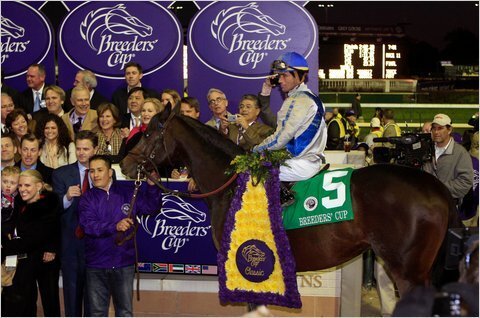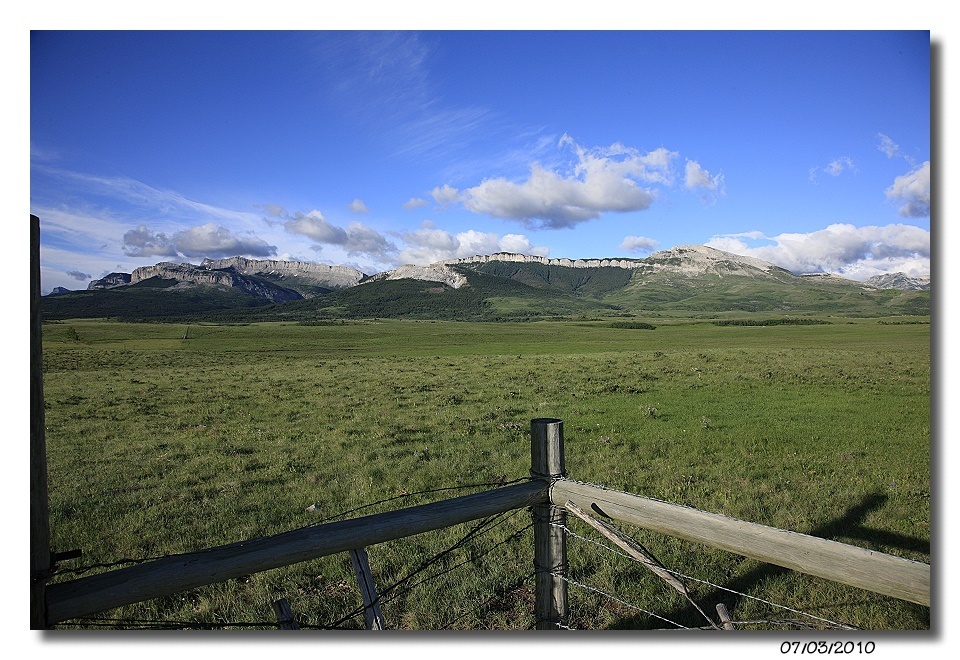Horsemanship Bloodstock
Sid Gustafson DVM
Equine Behaviorist
Racehorse Welfare
I secure yearlings sound of wind and limb, captivated with the behavioral essence to prevail.
I help develop the willing partnerships between horses and humans, keeping your horses sound, happy, and healthy.

I offer purchasing and management services. Once your ideal horse is purchased, I guide your horse to the most appropriate farm, barn, or stable, one with knowing and sensitive human hands. Based on the horse's development and physical maturity, the most behaviorally positive training situations are found. Once placed, I monitor the stabling and training on your horse's behalf.
I represent the health and welfare and drug-free training of your horse. In addition to monitoring the training, racing, and conditioning protocols, I monitor your horse's contentment, nutrition, socialization, daily locomotion, and happiness. My behavioral fulfillment strategies are designed and implemented to enhance your horse's potential to train and win. Nurturing a willing partnership between horse and trainer/rider is essential to racehorse success, soundness, safety, and longevity. I promote drug-free racing, and educate and guide trainers with strategies to prevent injuries and bleeding issues.

To blend with caretakers and riders as herd is key to horse happiness. Each horse must be stabled, trained, and managed in a fashion that fulfills both their individual and herd behavioral needs. Abundant daily locomotion is essential for soundness. Grazing and communing with other horses is essential for welfare. Miles and miles of daily walking and jogging together are essential for digestive, hoof, joint, bone, muscle, pulmonary, metabolic and mental health.
I ensure that all horses under my management are stabled in a fashion that re-creates natural. Progressive racehorse management ensures behavioral health. Healthy horses become willing partners. Those who please racehorses, develop racehorses who please their owners, riders, and guardians.
Natural behaviors must be re-created in the training and stable setting. Near-constant movement and foraging, along with abundant daily socialization with other horses creates winners. A naturally fulfilled and behaviorally enriched racehorse is a willing partner, happy to train and win.

Utilizing sophisticated training-monitoring technology is now a premier strategy to ewin races. Additionally, monitoring assures owners that their racehorse is being trained properly. Welfare and health are easily tracked, reported, and monitored. Conditioning and stabling protocols are accurately adjusted. Problems are detected before they appear.
EKG, GPS, and stride length are monitored. Conditioning and distance preferences are determined for each horse. Soundness is maintained, both mental and physical, for each individual. This scientific monitoring enhances each trainer's ability to train, place, and condition horses to sustain a long and safe career. Breakdowns are prevented. Welfare is monitored, along with medication use. Dr Gustafson reviews all suggested medication protocols. Horses under Dr Gustafson's management are trained without medication, or with minimal medication. Never is medication allowed to facilitate training or racing by suppressing a problem or reducing pathological inflammation. Physical therapy, rubbing, swimming, walking, lounging, grazing, and socialization with other horses are the soundness-maintaining strategies that enhance endurance and longevity.

My experience as an attending veterinarian, regulatory veterinarian, and equine behaviorist supports my seasoned ability as a bloodstock agent and racehorse manager. I secure sound horses with animated movement. I find horses with the mental aptitude to readily blend with humans to condition, stable, and race successfully.
Pedigree is but half the equation. Horses evolved as social grazers of the plains moving and grazing together nearly 2/3 of the time in natural settings. Abundant daily locomotion is essential to maintain soundness, pulmonary, digestive, metabolic, and behavioral health. Dental health in growing horses requires daily attention and care.
The Language of Horsemanship.Racehorse Advocacy.
Native Bloodstock.
Racehorse selection, acquisition, and welfare management.
Securing yearlings sound of wind and limb with the behavioral essence to train up and prevail.
Progressive racehorse monitoring utilizing sophisticated EKG and GPS motion monitoring technology.
Enhancing welfare to maintain the soundness of wind and limb, while developing the will and stamina to prevail. Medication-free training and racing enhances welfare.
Dr Gustafson is a thoroughbred bloodstock agent and a Doctor of Veterinary Medicine. The application of behavioral science to the development of racehorses enhances optimal health, performance, soundness, contentment, and longevity. Behavioral, social, locomotory, training, and nutritional strategies enhance the prosperity, vigor, and health of competition horses. Sid develops racehorses in deference to the horse's perspective, achieving willing and winning equine partnerships with humans.
